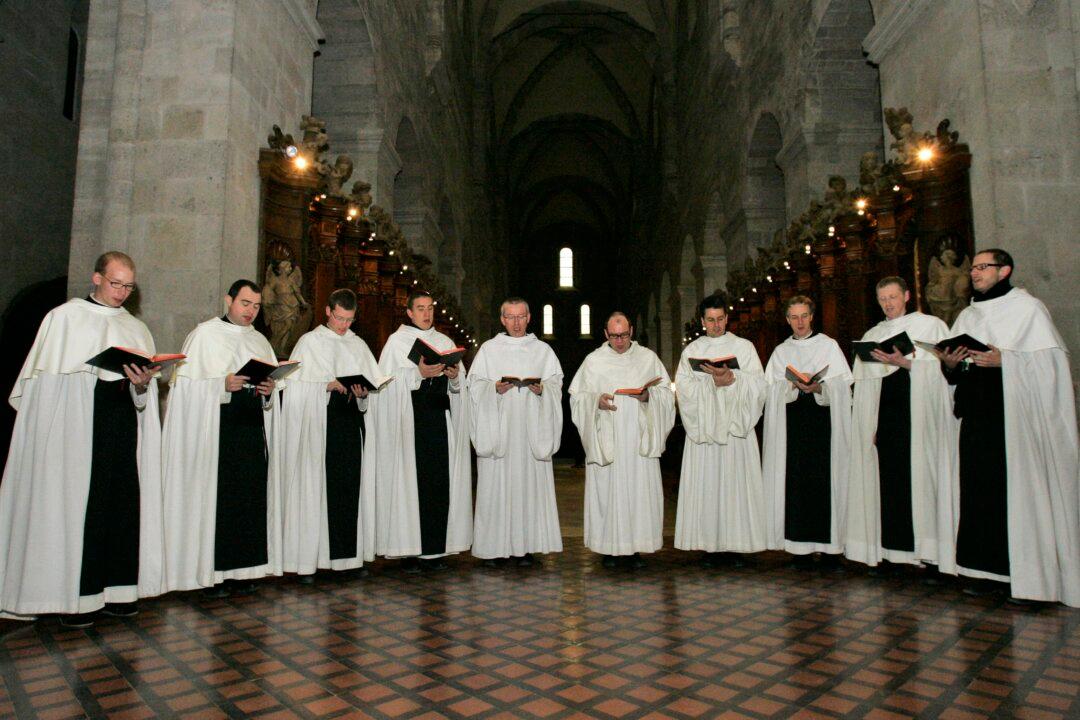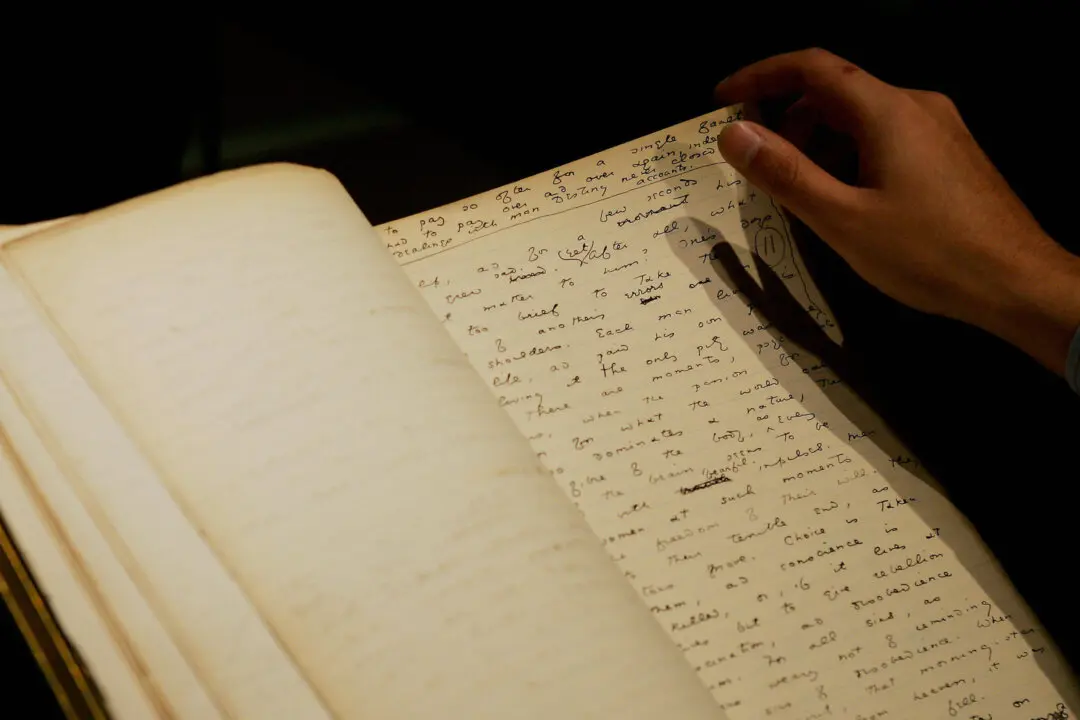Commentary
It’s deeply saddening to hear of the passing of William H. Mahrt (1940–2025), musicologist and professor at Stanford University and conductor of the St. Ann Choir in Palo Alto, California, for fully 62 years. He was a friend, mentor, teacher, and deep inspiration in so many matters, a man who touched so many lives with his erudition, wisdom, scholarly insight, and deep dedication to a cause.





